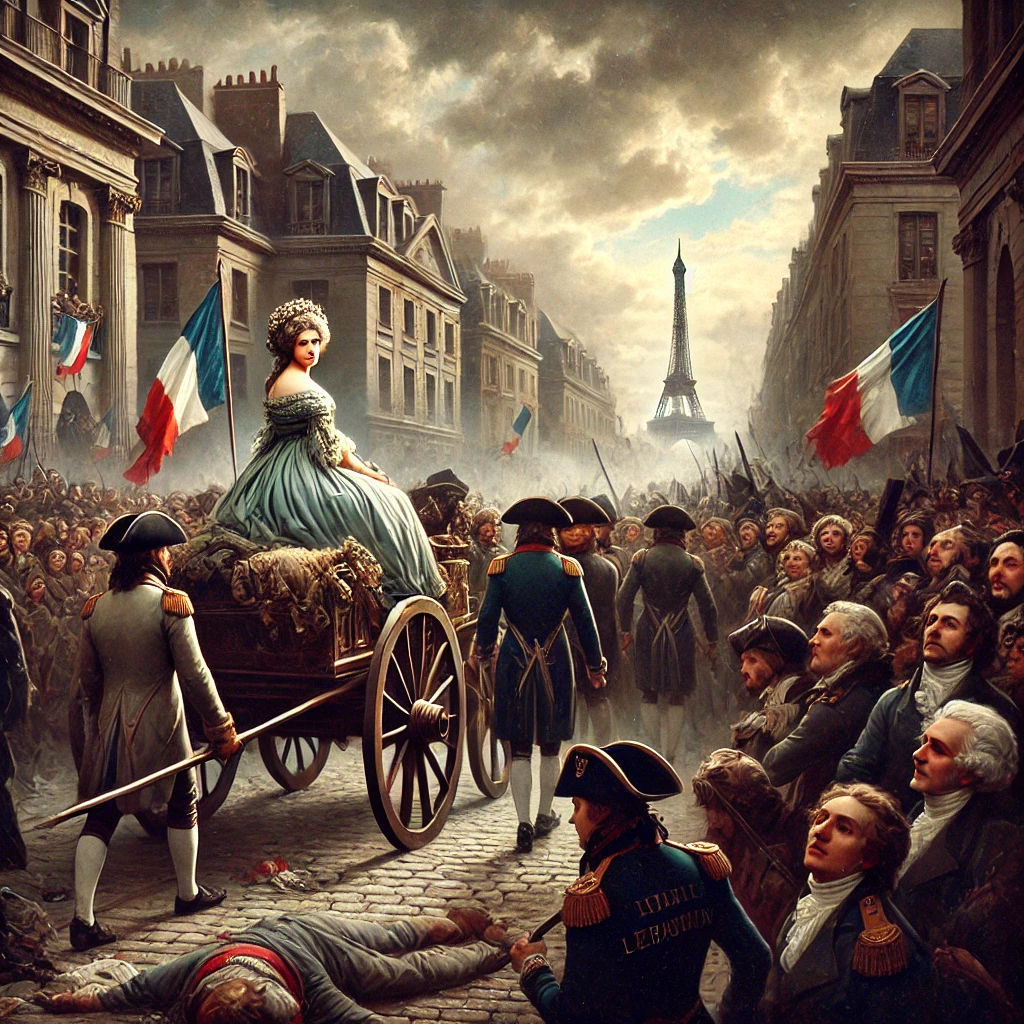On October 16, 1793, Marie-Antoinette, the last Queen of France, was executed by guillotine during the French Revolution. Her death marked the end of an era, symbolizing the drastic societal changes sweeping through France. Once a figure of opulence, her execution reflected the radical shift in public sentiment against the monarchy and serves as a reminder of the consequences of political upheaval.

The Context of Marie-Antoinette’s Reign
Born in Vienna, Austria, in 1755, Marie-Antoinette became Queen of France at the age of 14 through her marriage to Louis-Auguste, the future King Louis XVI. Initially celebrated as a diplomatic union between Austria and France, her reign quickly became marred by public discontent. Marie-Antoinette’s extravagant lifestyle and lavish spending stood in stark contrast to the widespread poverty faced by the French populace, making her a target of criticism.
As France plunged into economic turmoil and social unrest, Marie-Antoinette’s perceived indifference to the suffering of ordinary people intensified public disdain. Her reputation suffered further when she became associated with the excesses of the royal court, leading to a growing sentiment that the monarchy was out of touch with the needs of the nation. This disconnect laid the groundwork for the revolutionary fervor that would soon engulf France.

The Tumult of Revolution
The French Revolution began in 1789, fueled by widespread discontent with the monarchy and demands for reform. The revolutionaries viewed Marie-Antoinette and Louis XVI as symbols of the old regime, which they sought to dismantle. In 1791, the royal couple attempted to flee Paris, but their capture only deepened their unpopularity and mistrust among the people.
The monarchy was officially abolished in September 1792, and Louis XVI was executed in January 1793. With the death of the king, Marie-Antoinette became a key target for the revolutionaries, who saw her as an embodiment of the oppressive system they aimed to overthrow. As the revolution progressed, the queen’s fate became increasingly precarious.
The Trial and Execution
Marie-Antoinette’s trial began in October 1793, characterized by political motivations rather than true justice. Accused of treason and other crimes against the state, the proceedings were heavily biased against her. The revolutionary government aimed to eliminate any remnants of royal authority, and Marie-Antoinette was viewed as a significant obstacle.

On October 16, 1793, she was executed by guillotine in a highly publicized event that attracted large crowds. Her death symbolized the culmination of revolutionary fervor and the decisive break from monarchical rule. The spectacle of her execution served as a powerful message to those who might challenge the revolutionary government, illustrating the lengths to which the revolutionaries would go to solidify their power.
A Complex Legacy
The legacy of Marie-Antoinette is multifaceted and often debated. While she is frequently portrayed as a symbol of excess and privilege, her life also reflects the vulnerabilities of individuals caught in the tumult of political change. Over time, historians have reassessed her character, viewing her as a tragic figure rather than merely a scapegoat for the monarchy’s failures.
Her execution marked a pivotal moment in the history of France, prompting discussions about justice, accountability, and the consequences of power. The narrative surrounding her life and death continues to evoke reflections on the complexities of monarchy and the role of women in positions of power, ensuring that Marie-Antoinette’s story remains relevant in discussions of history and gender.
Marie-Antoinette’s execution on October 16, 1793, serves as a dramatic turning point in the French Revolution and a reflection of the tumultuous societal shifts of the time. Her life, marked by privilege and tragedy, reminds us of the fragility of power and the impact of political upheaval. As we consider her legacy, we acknowledge the intricate narratives of history that shape our understanding of leadership, justice, and the human experience. The story of Marie-Antoinette endures, inviting ongoing exploration and dialogue about the complexities of power and its consequences.
